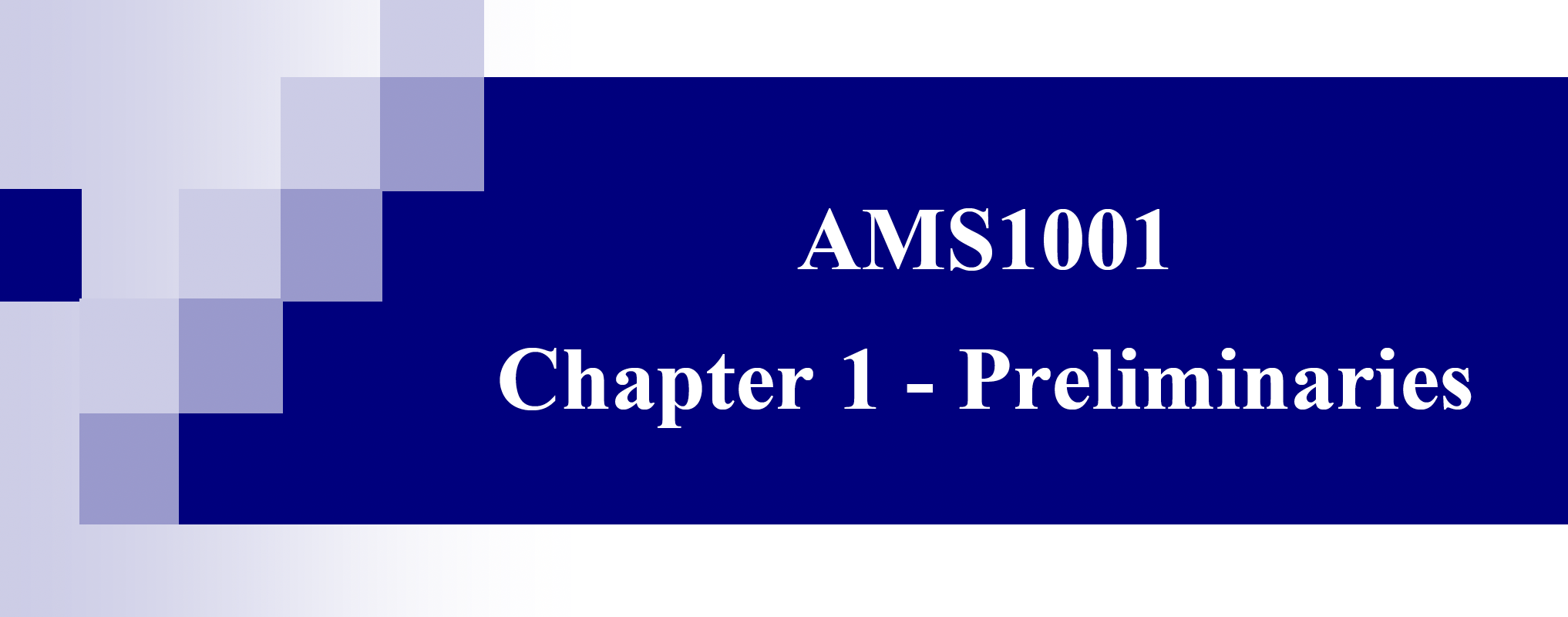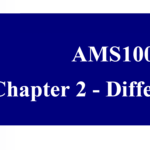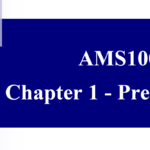-

Maths – Differentiation (1)
Chiu Yau
Before start, limit of \(f\) when x-> \(c\) \(NOT f(c) \) \( f(x) = \frac{x^{2}-1}{x-1} \) is defined everywhere except x=1 \( f(1) \) ? \( f \) is not defined at \(x=1\) When x close to 1, \(x \to 1\) f(x) close to 2, \( f(x) \to 2\) \( \neq f(1) = 2 \)…
-

Introduction to Linear Algebra and Calculus III – Mathematical Induction
Such a mathematical process of deducing the general result is called induction. However, the validity of the above identity is questionable since it has not been tested for all positive integers. To resolve such a difficulty, a mathematical procedure known as Mathematical Induction (M.I.) is introduced. Example 1. Base Step: Show P(1) is true P(n):…
-

Introduction to Linear Algebra and Calculus II – Exponential Function: The Number e
sister function of exponential function \(log_e = ln\) e.g.: \(y=log_3 81\) \(3y=81\) \(y=4\) Log func() = find the power of the func() raise the power of the base, \(\sqrt{3}\) to equal \(x\) (i.e., 9 on above). Related tutorials:
-

Introduction to Linear Algebra and Calculus I
Introduction to Linear Algebra and Calculus I By Chiu Yau
-
Discreet Maths – Set Operations
Chiu Yau
https://math.stackexchange.com/questions/2196858/what-does-a-transitive-set-exactly-imply Set Relations: Reflexive E.g.1 { (1,1),(2,2),(3,3),(4,4) } E.g.2 { (3,3),(4,4),(5,5) } Everybody talks to itself. *Reflexive is always transitive Symmetric E.g.1 { (1,2),(2,1) } , if (1,2) then (2,1) must exist. E.g.2 { (1,1),(1,2),(1,3),(2,1),(2,2),(2,3),(3,1),(3,2),(3,3) } For (1,2,3) multiple (1,2,3): Transitive As (a,b) ∈ R and (b,c) ∈ R , then (a,c) ∈ R.
About

Lorem ipsum dolor sit amet, consec tetur adipiscing elit. Maecenas odio lacus, dignissim sollicitudin finibus commodo, rhoncus et ante.
Recent Post
- Maths – Differentiation (1)
- Introduction to Linear Algebra and Calculus III – Mathematical Induction
- Introduction to Linear Algebra and Calculus II – Exponential Function: The Number e
- Introduction to Linear Algebra and Calculus I
- Discreet Maths – Probability (Sum & Product Rule, Inclusion-Exclusion Principle)



